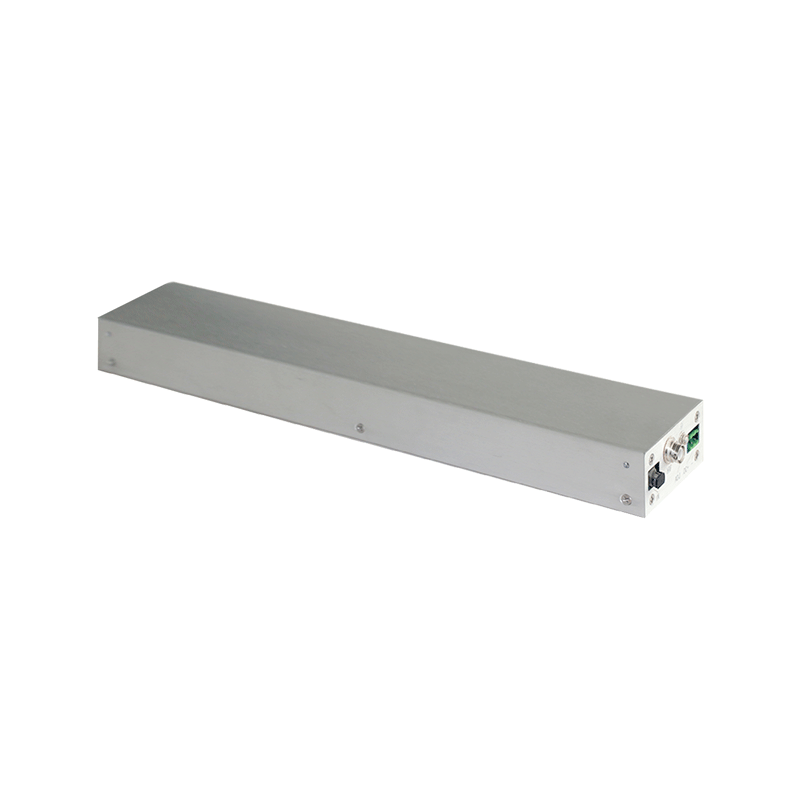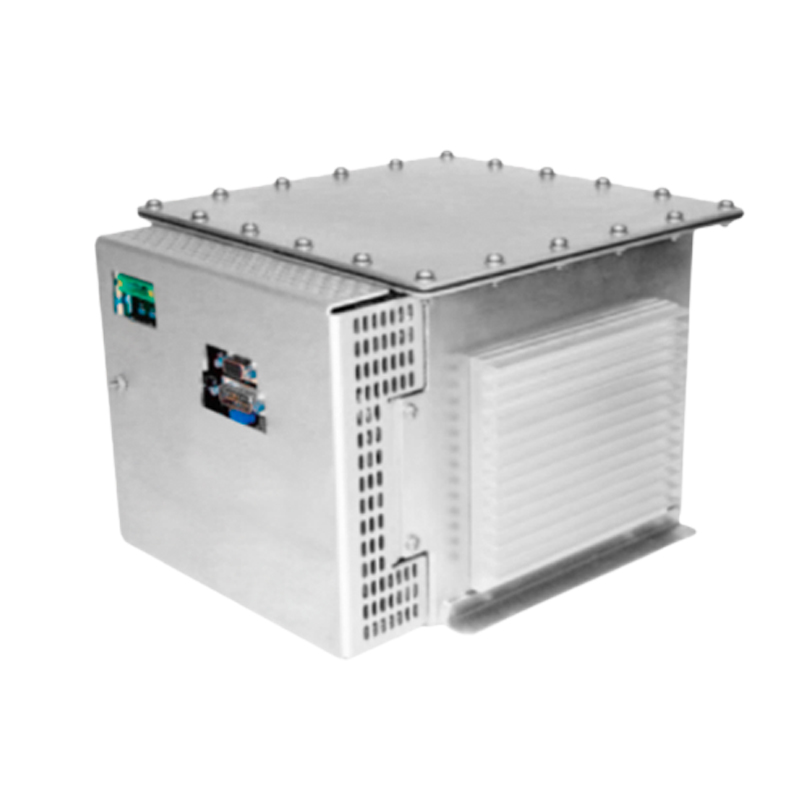Precise Material Identification of High-Voltage Power Supplies for Plastic Sorting
In the current trend of resource recycling, the plastic recycling industry is booming. Plastic sorting, as a crucial link in the plastic recycling process, its accuracy directly affects the quality and reuse value of recycled plastics. High-voltage power supplies for plastic sorting play a central role in this process, achieving precise identification of different plastic materials through unique technical means.
High-voltage power supplies for plastic sorting mainly work based on the principle of high-voltage electrostatic sorting. Due to differences in their molecular structures and electrical properties, different plastic materials exhibit different charging characteristics and movement trajectories in a high-voltage electric field environment. When mixed plastic particles pass through the strong electric field area generated by the high-voltage power supply, the power supply charges the plastic particles. For example, some plastic materials with a high dielectric constant are more likely to adsorb charges, while others are relatively weaker. These charged plastic particles will deviate to varying degrees under the combined action of electric field forces and gravity. Based on their final landing positions in the electric field, different plastic materials can be separated.
To achieve high-precision material identification by high-voltage power supplies for plastic sorting, several key factors need to be considered. First is the stability and adjustability of the output voltage of the high-voltage power supply. A stable output voltage can ensure the consistency of the electric field strength, enabling plastic particles to exhibit repeatable charging and movement characteristics under the same electric field conditions. If the voltage fluctuates, the electric field strength will change accordingly, and the charging and movement trajectories of plastic particles will also become unstable, thus reducing the identification accuracy. At the same time, the adjustable voltage range should be wide enough to meet the different requirements for electric field strength during the identification of different types of plastics. By precisely adjusting the voltage, the identification effect of specific plastic materials can be enhanced.
Secondly, the uniformity of the electric field has a significant impact on the accuracy of material identification. An uneven electric field will cause inconsistent electric field forces on plastic particles in the electric field, making plastic particles of the same material that should have similar movement trajectories disperse, interfering with the identification results. Therefore, optimizing the electrode design and layout of the high-voltage power supply to ensure a uniform electric field is an important means to improve the identification accuracy. For example, using electrodes of special shapes and reasonably controlling the electrode spacing can help improve the uniformity of the electric field.
In addition, the pre-treatment of plastic particles is also closely related to the identification accuracy. The size, shape, and surface cleanliness of the particles will all affect their charging performance and movement state in the electric field. Appropriately crushing and screening the plastic particles to make their sizes uniform and cleaning their surfaces to remove impurities, oil stains, etc., can improve their consistency in the electric field and thus enhance the accuracy of the high-voltage power supply in identifying plastic materials.
In conclusion, high-voltage power supplies for plastic sorting identify different plastic materials by skillfully using high-voltage electric fields. By ensuring the stability and adjustability of the output voltage, optimizing the electric field uniformity, and properly pre-treating plastic particles, the accuracy of material identification can be significantly improved, providing strong support for the efficient development of the plastic recycling industry.




















